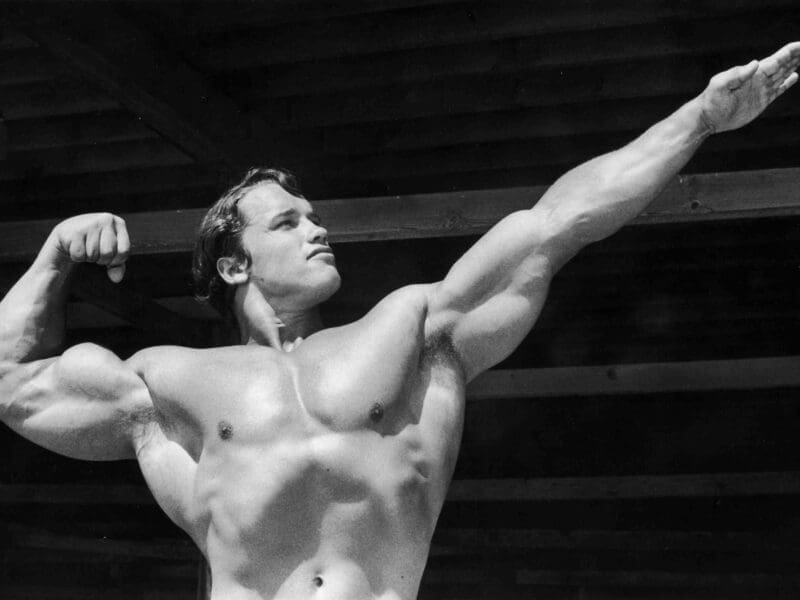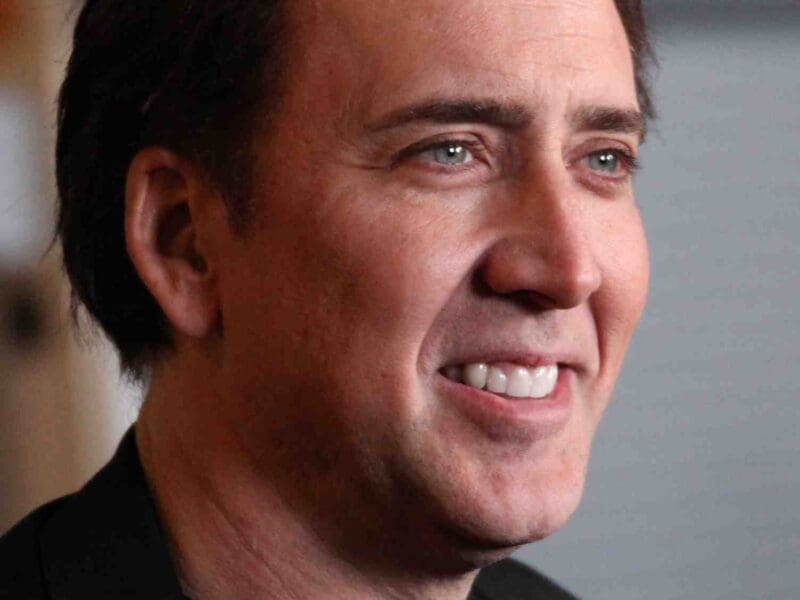
It’s All An Illusion: Exploring The Role Of Special Effects In Movies
Put it this way: a movie’s special effects can be seen as the all-important seasoning. Sure, the plotline and characters’ development are the main ingredients to success, but they need that generous pinch of salt and sprinkling of pepper to enhance them.
But it’s not just movies that utilize special effects and these extra ‘seasonings’ to elevate the end product. If we divert our attention to the realm of online games, particularly those offered at online casinos, it’s pretty evident that the end product is one which has been skillfully created by software developers who meticulously fashioned a storyline that’s not only centralized around a theme and characters, but additional features that make for fantastic gameplay. In fact, you’ll find many such providers listed on CasinoShortlist, all of which have been tried, tested, and reviewed.
Now, let’s get back to the topic at hand and uncover what goes behind those eye-popping movie moments. In this article, we’re going to journey from the classic practical effects all the way forward to visual effects that use CGI to make the impossible seem real.
The Origins Of Special Effects
Way back in the early days of cinema, filmmakers were just starting to dabble in special effects, kicking off their quest to wow and trick audiences. Silent films, those classics without synchronized sound, had to rely heavily on visual storytelling, which meant getting creative with tricks and practical effects.
One technique they used back then was stop-motion animation, which involved taking lots of pictures, one by one, and then slightly moving the subject or character between each shot. It was like creating motion step by step. The result of this technique can be seen in old gems like “The Lost World” from 1925, where they used stop-motion to make those prehistoric creatures look shockingly real.
Practical Effects
Practical special effects involve real objects and techniques captured on camera in the film set. Think makeup, prosthetics, miniatures, animatronics, and even fireworks. These techniques have been around since the early days of cinema, helping create amazing illusions like disappearing acts, massive explosions, or shape-shifting characters.
Practical effects are like crafting magic right there on set. They bring a sense of realness to the scene, especially when you’re dealing with stuff like explosions, monsters, or cool vehicles. Plus, they give actors something tangible to work with, making their performances more believable.
One director who’s a big fan of practical effects is Christopher Nolan. In his top-notch films like Inception and Dunkirk, he goes all-in on practical effects, using miniature models, iconic stunts, and in the case of Inception — moving sets.
However, practical effects can be a bit pricey and time-consuming, and they might not always give filmmakers the control and flexibility they need. But many still use them for that unique, authentic touch they bring to a movie.
The CGI Revolution: Visual Effects
When the digital age hit, it revolutionized special effects, allowing filmmakers to dream bigger and bolder. So, what are visual effects, exactly?
Visual effects, or VFX, is the process by which images are created or tweaked outside the live-action shots. VFX combines live-action footage with computer-generated (CG) elements to make it look real. It’s like mixing real-life actors with virtual wonders. This lets filmmakers do things that would be expensive, risky, or plain impossible to capture on camera. Thanks to accessible animation and compositing software, even independent filmmakers can get in on the action.
With CGI, the sky’s the limit. You can create fantastical creatures, entire imaginative worlds, and mind-blowing action scenes that were once beyond imagination. Take a movie like The BFG, for example. Without CGI, there’s no way they could’ve brought that magical world to life. And there are plenty of other movies that totally rock the visual effects, like Jurassic Park, The Matrix, Hollow Man, Life of Pi, and The Curious case of Benjamin Button, to mention a few.
But, here’s the catch: while visual effects offer endless creative freedom, they can also eat up time and money. If not done right, they can stick out like a sore thumb and make a movie look fake. So, filmmakers need to be smart about how they use CGI to get the effect they want while keeping things believable.
In the end, special effects in movies are like the secret recipe that turns a regular meal into a feast for the senses. Whether it’s a practical explosion that gets your heart racing or a CGI dragon that leaves you in awe, these effects are what make us believe in the impossible and get lost in the movie’s enchanting world.







